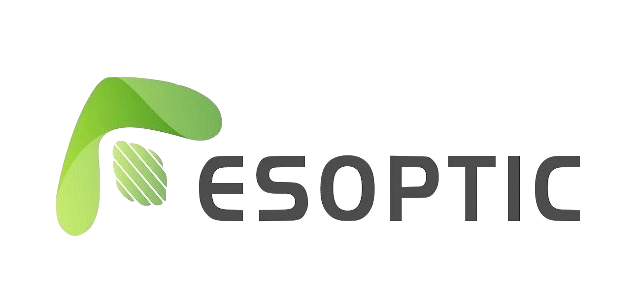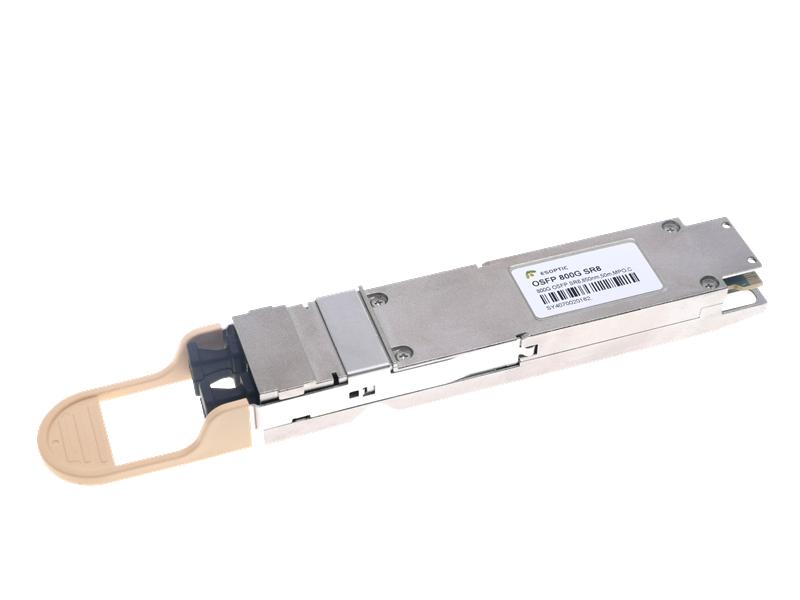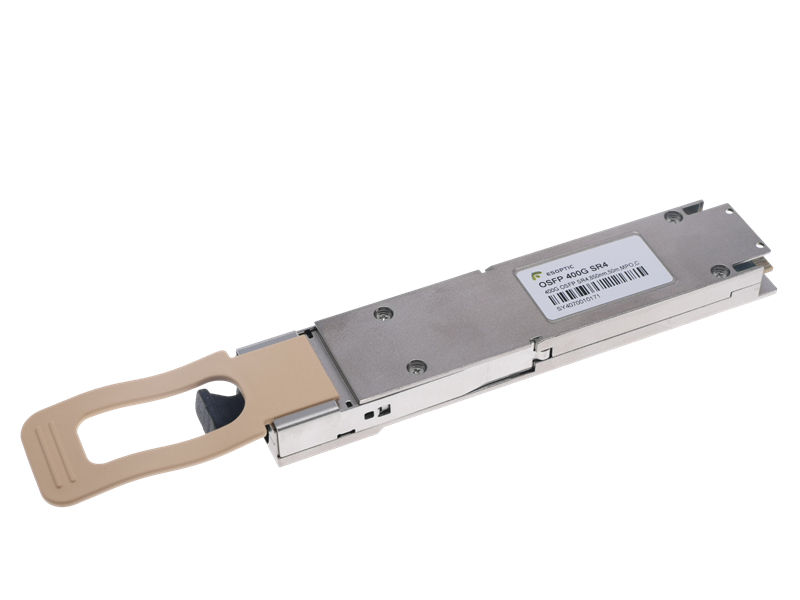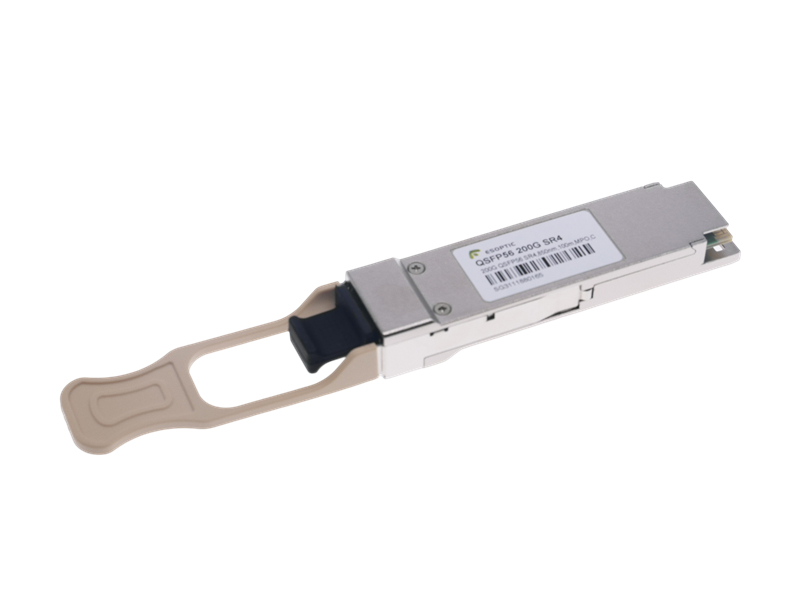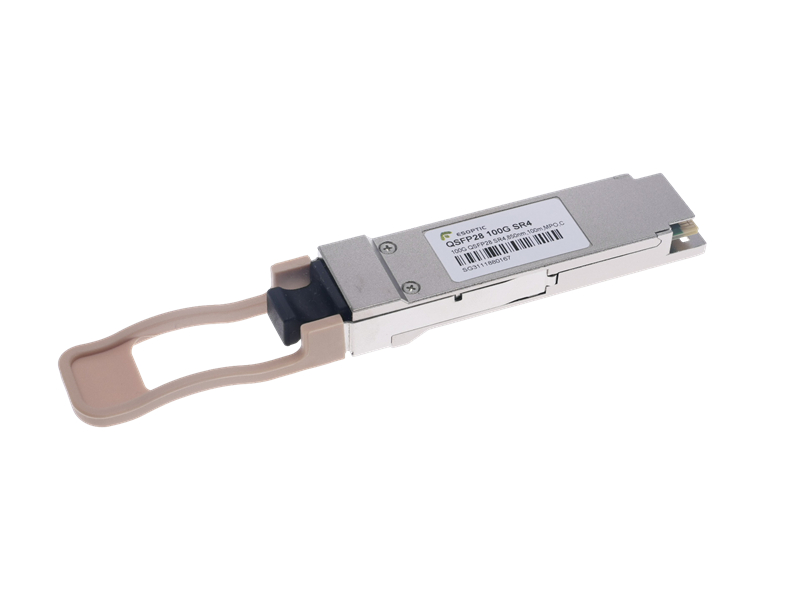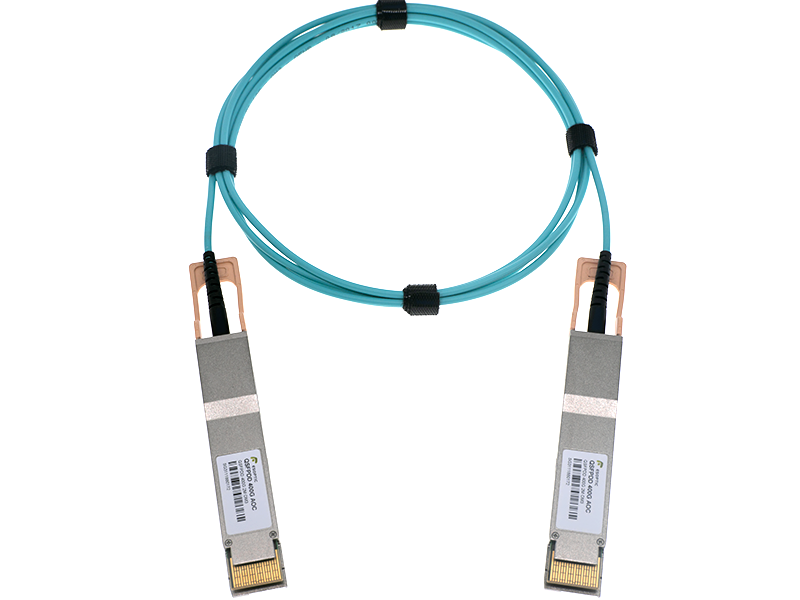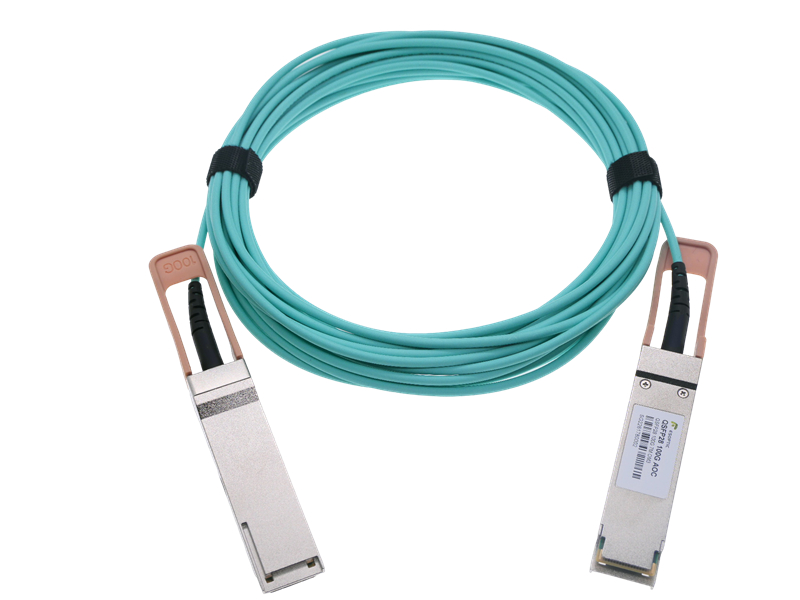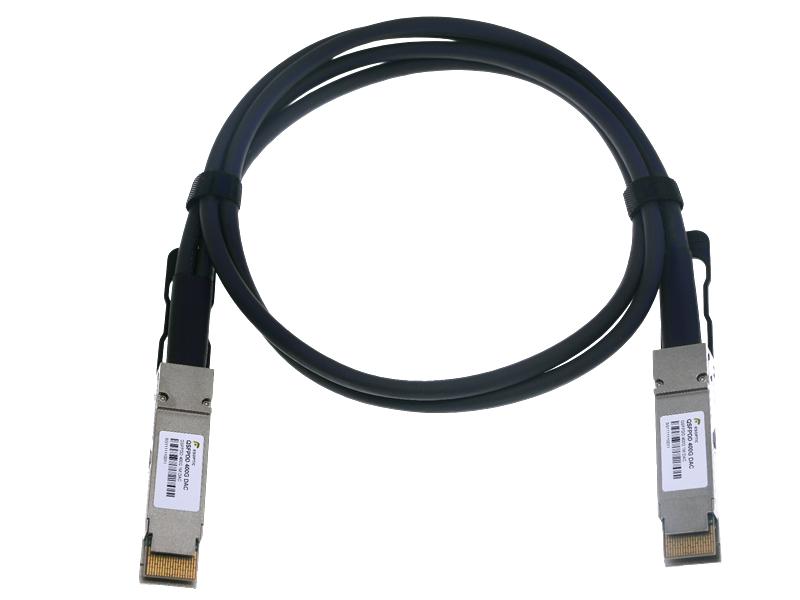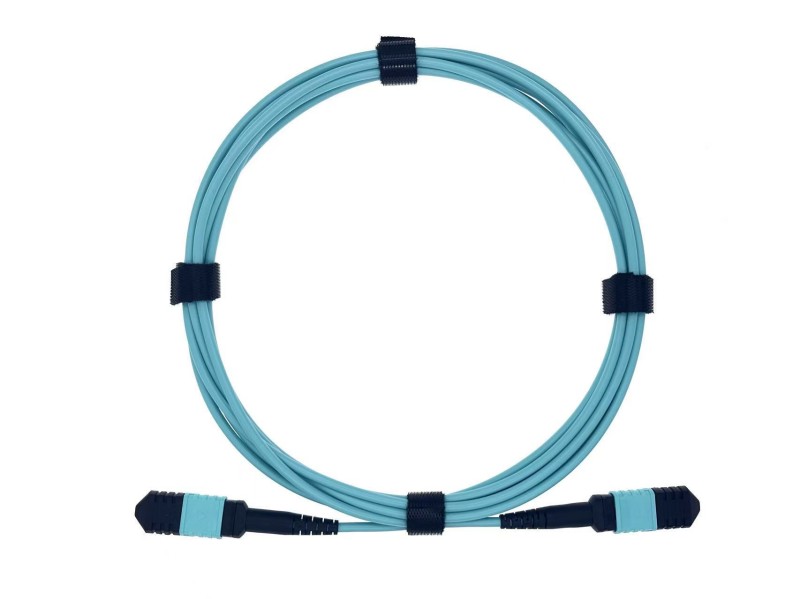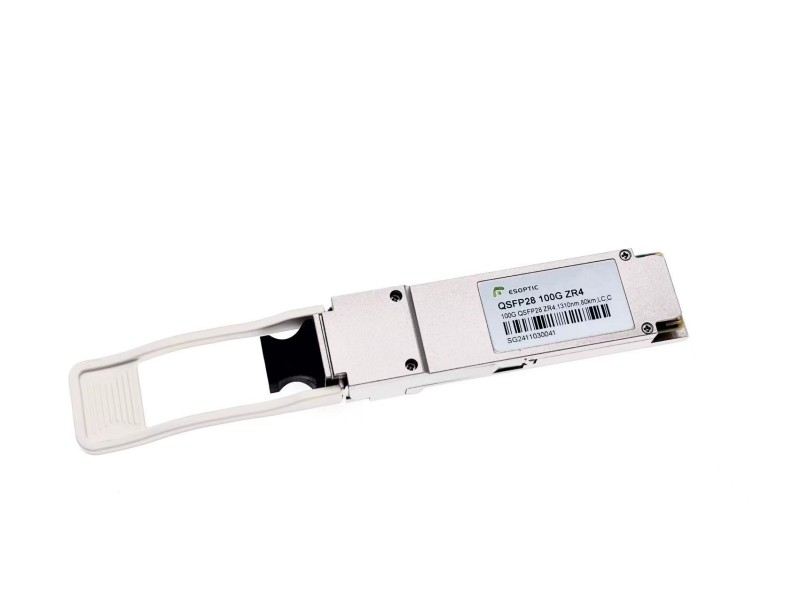In today’s high-speed networking environments, selecting the right type of laser source plays a crucial role in ensuring stable, efficient data transmission. Among the most commonly used laser types in optical communication are FP lasers (Fabry-Perot lasers) and DFB lasers (Distributed Feedback lasers). This article provides a clear, comprehensive breakdown of these two technologies—covering how they work, their performance differences, and where each is best applied—so you can make an informed decision in your system design.
What Are FP Lasers and DFB Lasers?
FP Lasers (Fabry-Perot Lasers)
FP lasers are based on a simple Fabry-Perot cavity structure. They rely on reflective surfaces at both ends of the cavity to generate laser oscillation. This design is straightforward and cost-effective, which makes FP lasers ideal for short-distance or budget-sensitive applications. However, they emit multiple longitudinal modes, resulting in a broader spectral width and less wavelength stability compared to their DFB counterparts.
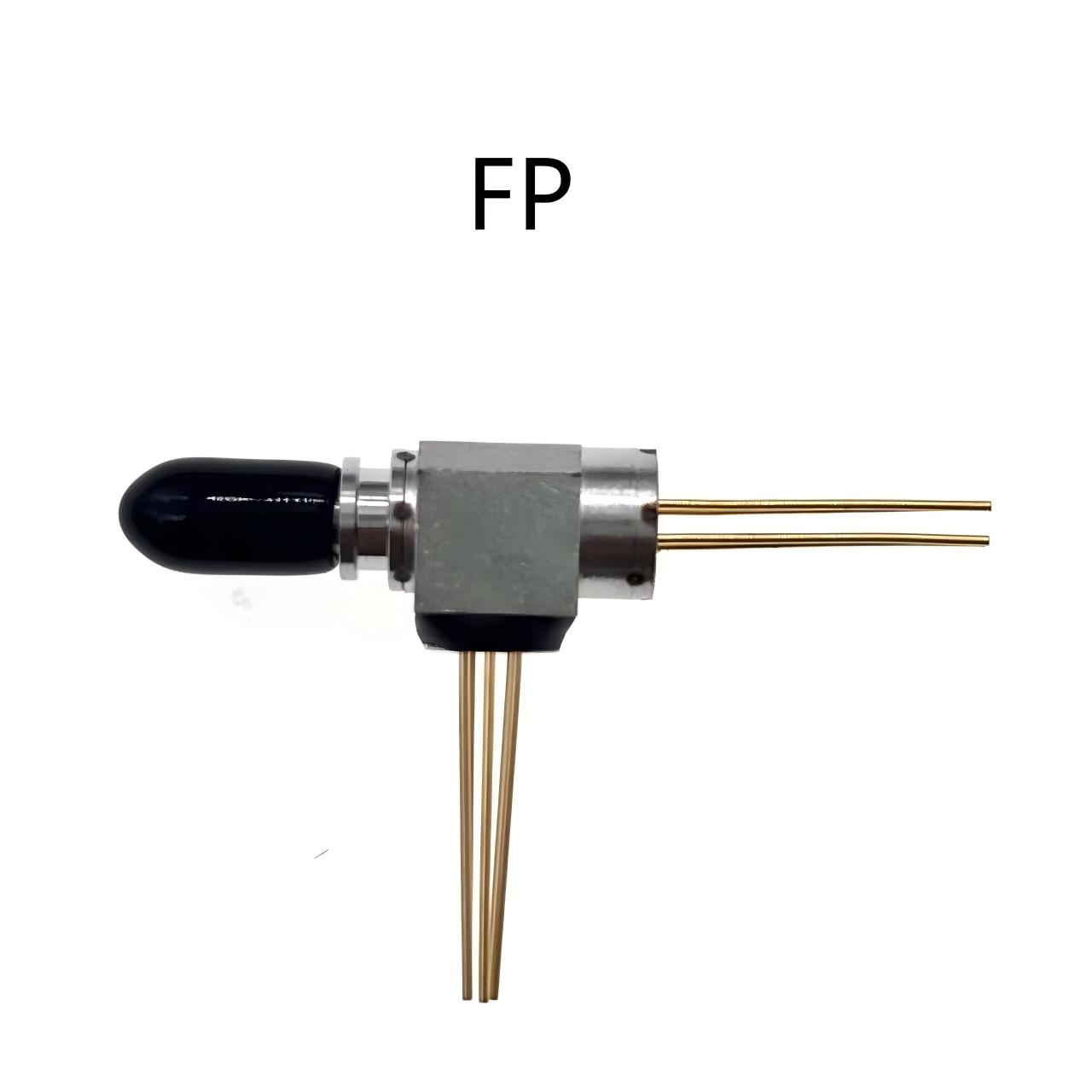
DFB Lasers (Distributed Feedback Lasers)
DFB lasers incorporate a built-in Bragg grating within the laser cavity, allowing them to emit a single longitudinal mode with narrow spectral width. This structure provides superior wavelength stability, making DFB lasers the go-to choice for long-distance transmission, high-speed data links, and applications that demand precise signal modulation.

Performance Comparison: FP vs. DFB

Choosing between FP lasers and DFB lasers depends on the network’s requirements for reach, stability, and cost. There’s no one-size-fits-all solution—it’s all about balance.
Real-World Applications
FP Lasers: Commonly used in sub-10G applications such as Gigabit Ethernet, PON systems, and home fiber access networks. Ideal for short-reach and high-node-count scenarios.
DFB Lasers: Preferred in data center interconnects, metro networks, and 5G fronthaul where stable wavelengths and high-speed modulation are essential.
In today’s data center environments—especially with the rise of 400G and 800G transceivers—DFB lasers are increasingly favored due to their performance under high-speed conditions. Meanwhile, FP lasers remain a reliable option in cost-sensitive, industrial, or security system deployments.
How to Choose the Right Laser?
Selecting between FP lasers and DFB lasers should be based on several technical and budgetary considerations:
For short-range, low-cost projects, FP lasers offer a solid balance of price and performance.
For long-haul or high-speed links, DFB lasers provide the wavelength stability and modulation precision required.
Ultimately, the best optical solution is the one that aligns with your application’s specific goals—whether that’s reducing costs, improving signal integrity, or increasing link distance.
Frequently Asked Questions (FAQ)
Q1: Which laser type lasts longer—FP or DFB?
A1: Under proper operating conditions, both FP lasers and DFB lasers have comparable lifespans. That said, DFB lasers are more sensitive to temperature and drive current, so stable operating environments are essential.
Q2: Can FP lasers be used in high-speed networks?
A2: They can, but only to a point. Due to their multi-mode nature and broader spectral width, FP lasers aren’t ideal for speeds above 10G. DFB lasers are better suited for 25G, 100G, and beyond.
Q3: How can I tell if a transceiver uses an FP or DFB laser?
A3: Check the transceiver's datasheet. FP lasers usually have a broader spectral width and greater wavelength drift, while DFB lasers offer tighter wavelength control.
Q4: Is DFB always better than FP?
A4: Not necessarily. While DFB lasers outperform FP lasers in long-range and high-speed settings, FP lasers are more cost-effective for simpler, shorter-distance applications.
Conclusion
Understanding the key differences between FP lasers and DFB lasers is essential for designing reliable, high-performance optical communication systems. Whether you prioritize cost-efficiency or signal precision, each laser type has its place. DFB lasers lead the way in demanding environments like high-speed data centers, while FP lasers continue to deliver dependable results for everyday optical links.
Before committing to a transceiver solution, consider both the technical demands and budget constraints of your deployment. That way, you’ll strike the perfect balance between performance and practicality.
